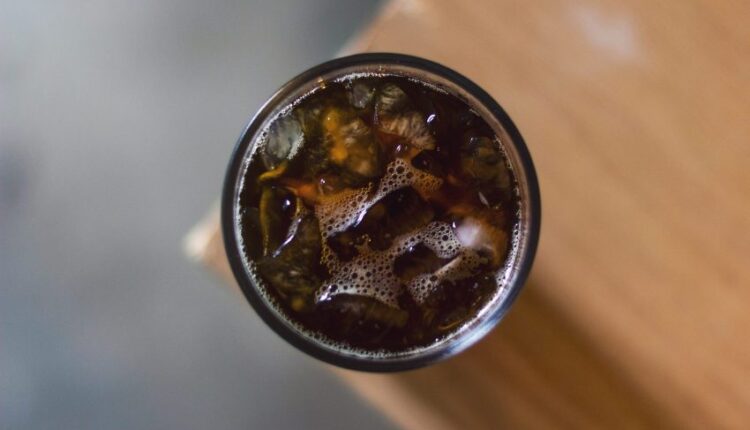Espresso and Tonic: Rise in Tonic Water Popularity Leads to Experimental Mixes
Tonic water, first introduced in 19th-century India, has evolved over time due to the growing popularity of non-alcoholic beverages and the demand for new flavors. It has been found in various beverages, including port, tequila, and coffee, with younger drinkers and those interested in quinine’s health benefits driving the trend. Oliver Winters, global communications director at Fever-Tree, noted that there has been a significant change in the consumption of tonic waters, which have traditionally been paired with gin. While gin remains popular, there is a notable shift towards experimenting with other spirits and enjoying tonic water on its own.
The trend has driven growth in flavoured tonics, such as rhubarb and raspberry, driven by consumers seeking longer, lighter drinks without compromising on flavor. Spirits are gaining popularity over beers and wines, and Fever-Tree tonics are also gaining popularity as sophisticated adult soft drink options. Many on-trade venues now offer tonic water alone or with a dash of bitters, with brands like Bitter Truth and Seasn experiencing growth.
Bryan Serwatka from Minor Figures said that there were more espresso tonic offers on the menu this year than ever before, as drinks with various bittering compounds make them feel luxurious. Matt Bulcroft, marketing director at Global Brands, attributed the “transformative shift” in how tonic water was used to the rise in craft distilleries and people pursuing flavors from other cultures. The trend is spreading into new categories, with trends like tequila and tonic and vermouth and tonic. The consumers’ desire to explore unconventional and complex flavors is moving tonic into a broader culinary realm.
Read More @ The Guardian
Source: Coffee Talk



